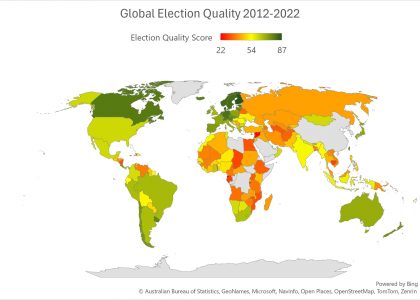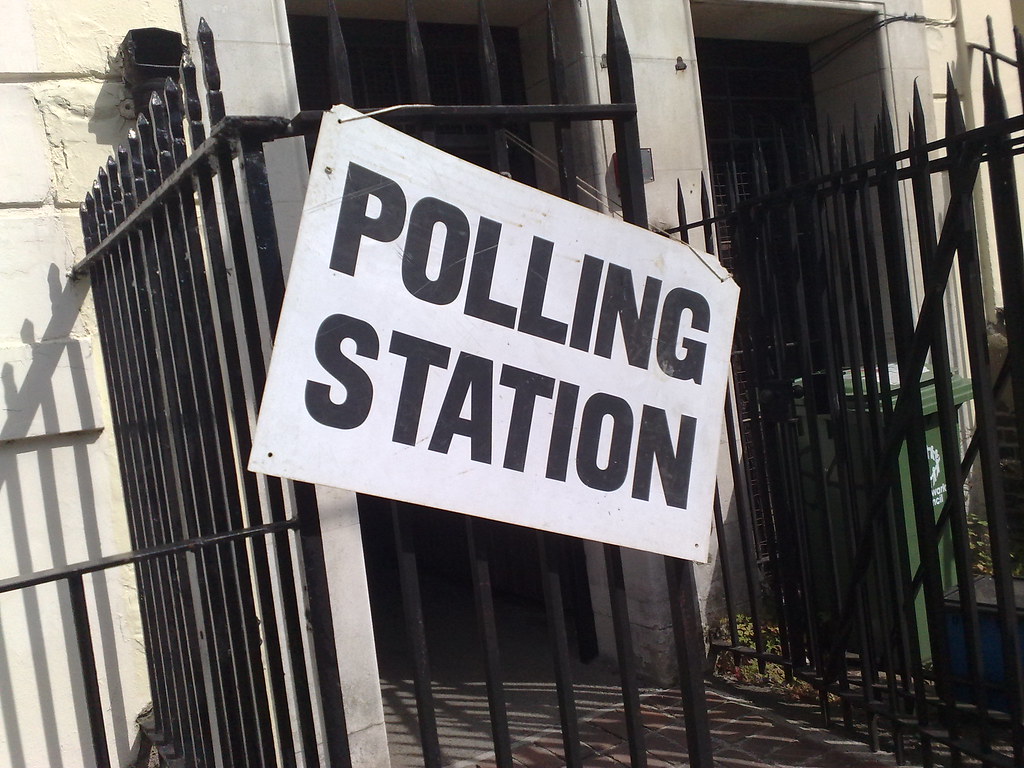The Boundary Commission for England and Wales are today publishing initial proposals for new Parliamentary constituencies. After a consultation, Parliament could approve them to be in place for the 2020 UK general election.
Claims of ‘Gerrymandering’ are often made when electoral boundaries are changed. The good news is that independent bodies, rather than politicians make the specific proposals in the UK.
This does not mean that the process is unproblematic. The Boundary Commission are required to work within the legislative framework specified by Parliament. This specifies that the datasource for the boundaries will be the electoral register from 1 December 2015. The problem is that the electoral register is missing millions of names. The Electoral Commission evaluation estimated that 8 million people were missing.
If these names were missing evenly across regions, age and socio-economic groups then there would not be a problem. However, the evidence is that the register is less complete in urban areas (especially within London), among recent movers and private renters, Commonwealth and EU nationals, non-white ethnicities, lower socioeconomic groups, citizens with mental disabilities and young people. This means that these groups will receive less representation in Parliament. Political inequality will be hard wired into the composition of the House of Commons.
Take, for example, the difference between young and old. Nearly all (96%) of over 65s are on the register- just under two-thirds (65%) of 18-19 year olds are. This means that the boundaries will be drawn to give elder citizens more representation at the cost of younger citizens.
Although there has been a growing and long term problem with the completeness of the electoral register, using the 1 December 2015 register uses it at its worst possible point. This was a point when the government reforms (individual electoral registration (IER)), which aimed to increase the accuracy of the register, had just been completed and there was a drop of 1.4 million names during implementation. The effects of IER, especially on young people had been long predicted as early as 2011. December is also a time when people are not generally thinking about getting on the electoral register. The election just before an election gives a more complete picture because people become more interested in the campaign etc. As the graph in this blog shows, electoral registration is seasonal. The register for the EU referendum in June stood at 46,500,001 compared to 1 December register of only 44,722,000– 1.75 million less voters.
There is therefore a strong case for using the June 2016 register for this basis of the boundary review, not the December 2015 register.
Longer term, the government could solve this problem by having a more complete electoral register through reforms such as automatic electoral registration as set out in a recent All Party Parliamentary Report.
Better still, the census could simply be used.
This post originally featured on electoralmanagement.com
Image Credit:Flickr
Toby James is a Senior Lecturer at the University of East Anglia and Fellow to the All Party Parliamentary Group on Democratic Participation.





